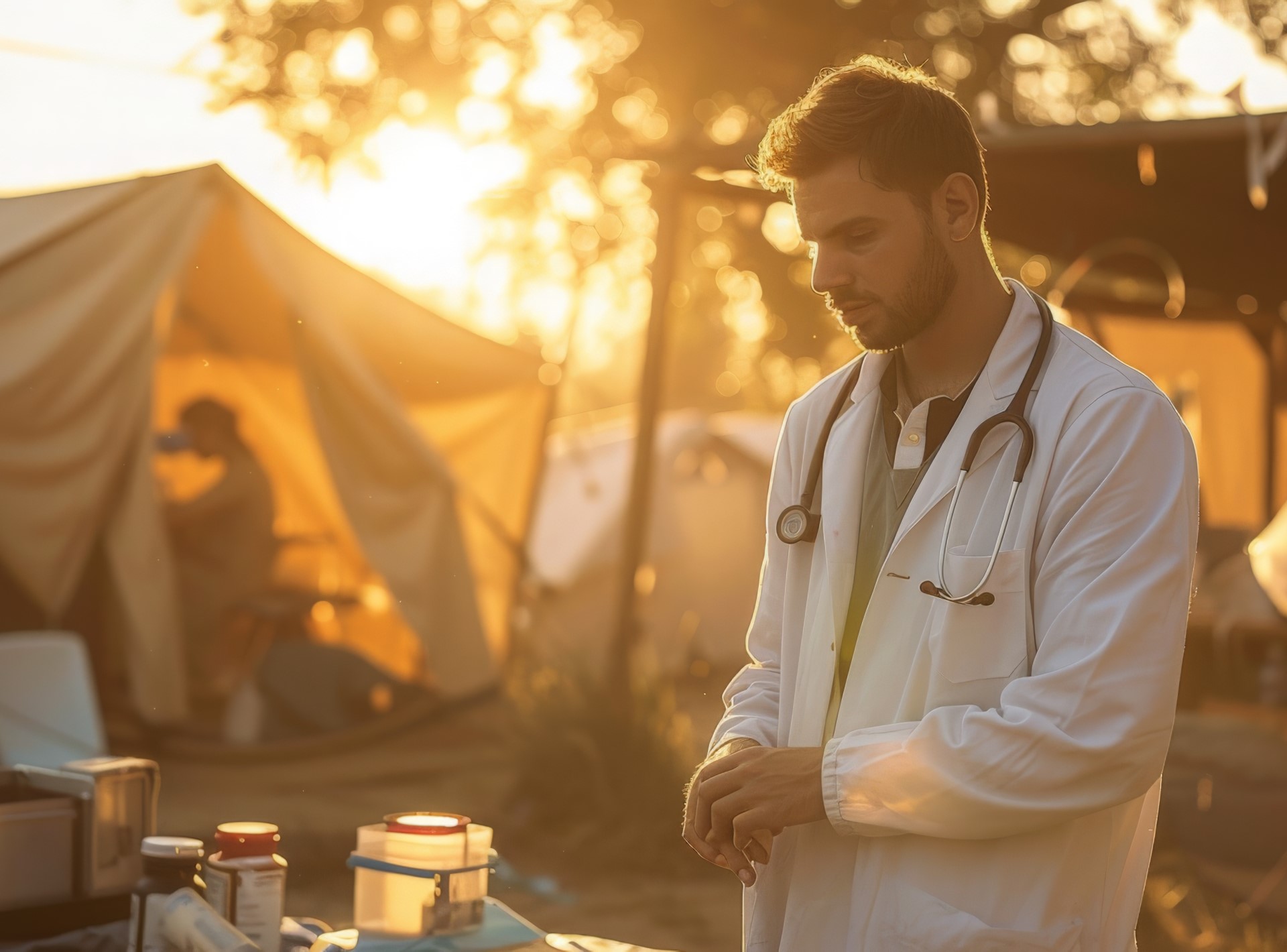
Australia’s ‘most satisfied’ GPs are those working in conditions that many health care providers have traditionally seen as challenging, a RACGP report has found.
The Health of the Nation 2024 report shows a marked improvement in job satisfaction, with the most satisfied GPs working in Aboriginal and Torres Strait Islander Health services, including Aboriginal Community Controlled Health Organisations.
They had the highest job satisfaction (88% compared to 73% overall), the best work-life balance, the lowest rate of burnout, and were the most likely to recommend general practice as a career.
Dr Karen Nicholls, Chair of RACGP Aboriginal and Torres Strait Islander Health, said that while these findings may be surprising to some, ‘they won’t be to those working in ACCHOs,’ describing them as one of the most rewarding places to work as a GP.
“The consistently high levels of job satisfaction among GPs working in ACCHOs reflect the strong, culturally grounded care models that are vital to the health and well-being of Aboriginal and Torres Strait Islander peoples,” she said.
“This sense of purpose and connection drives the exceptional care delivered by these GPs, underscoring the importance of building and supporting a dedicated workforce for Aboriginal and Torres Strait Islander health.”
RACGP President Dr Nicole Higgins said a record number of GPs were due to be trained in 2025.
“And with our new incentives program helping cover relocation costs for registrars, we’ve got 177 GPs training in rural communities that haven’t had a registrar for years, including for Aboriginal health services.”
But despite these gains the college said more needed to be done to accelerate the growth in Australia’s GP workforce and ensure there were enough GPs in every community, with a predicted shortage of 5560 GPs by 2033.
Similarly concerning was the notable increase in the proportion of people delaying or not accessing care due to cost in 2024 — the overall proportion of people delaying or not accessing general practice care due to cost doubled from 3.5% to 7% between 2021–22 and 2022–23.
“People between 25 and 34 years of age are now the most likely to avoid care due to financial reasons and 40% of Australians rating the affordability of healthcare as fair or poor,” Dr Higgins noted.
“But in 2023–24, the average out-of-pocket cost for a GP attendance was only $45, compared to an average of $68 for allied health services and $117 for non-GP specialists.”
The report also showed that between 2020–21 and 2022–23, Australian Government expenditure per person on GPs dropped dramatically from $466 to $420 — the lowest per person expenditure on GPs since 2015–16.
In the same three-year period, real expenditure on GPs has plummeted by $905.6 million, a decrease of 7.6% – which almost exactly matches the drop in the number of patient presentations to GP clinics.
In response to the 2024 report’s findings, the RACGP is calling for Government to:
- Fund a 20% increase to all Medicare rebates for 20-minute and longer consults, with additional increases for rural and remote communities.
- Fund the RACGP to provide an additional 500 training places through the Australian General Practice Training program to accelerate growth in the GP workforce.
- Attract more GPs in training by funding incentives and work entitlements including parental and study leave.
- Establish targets for universities of 50% of medical graduates selecting GP training, linked to Commonwealth Supported Places funding.
- Double the Workforce Incentive Program to accelerate the growth of multidisciplinary care in general practice.

